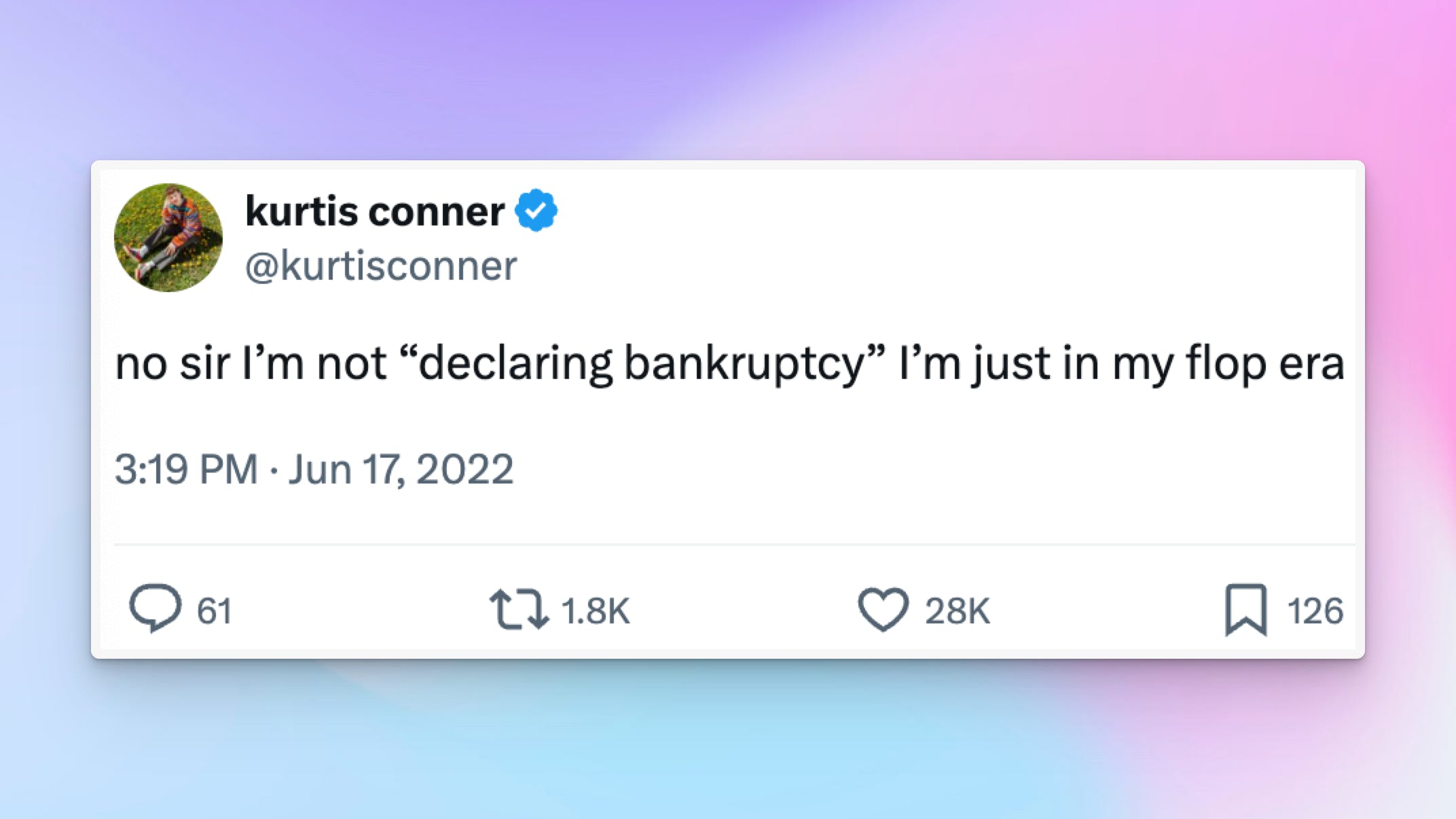gm, legends. It’s Sunday funday.
This week, we’re all about the Benjamins: when you should and shouldn’t lower your price, how to increase your price without fomenting a revolt, and what to fix on your pricing page. Oh, and stick around for the most popular products that launched this week.
What are you still reading the intro for? Time is money. Scroll down, frens.
P.S. Launching soon? We’d love to hear about it → editorial@producthunt.co 🫶

Ah, 2020. A simpler time. There was no traffic, the sounds of songbirds filled the air, and you could always find a fresh-baked loaf of bread if you kept your starter. Oh, it was also peak COVID lockdown time, so we were all either communicating virtually or waving to people from at least six feet away.
Speaking of online communication and waving, those are your two hints about the product that topped Product Hunt’s monthly charts at the end of June 2020.
Got a guess?

$5 a month or $50 a year? Three pricing tiers or 87? Free trial or forget that?
Laura from Atlas started a chain you probably shouldn’t pass up: Free feedback on pricing pages. Prepare to get roasted (in a friendly, Product Hunt community sort of way, of course). Just criticism until you cry…or change your page.
Hashtag inventor Chris Messina went first with Puzzle.io. (No—he’s not charging you to use the pound sign...yet.) Laura thinks it might just be “worth copying.”

Nika had two questions that pair like wine and, I don’t know, a nice gruyere. First, she asked, “How do you handle pricing strategies and discounts?”
Some foundational advice bubbled up to the top for those who played hooky during Marketing 101: Hamza says to always orient yourself in terms of the “4 P’s” of product, price, place, and promotion. Harsh and Manu added a 5th P: “perceived value.” Meanwhile, Kaustabh may have stumbled upon an 80-20 rule for offering discounts — the customers who get one tend to be the most demanding when it comes to features and requests.

Nika followed up by asking about — yikes! — “how to communicate price increases to existing customers?” (It’s a hypothetical, right, Nika?)
The general sentiment is that users can be super price-sensitive. Like dropping-down-to-Netflix’s-ad-tier-sensitive. The goal is to prevent your customers from asking ChatGPT to find your alternative. According to the forum, there are a few strategies that might work, like:
- Locking in current customers to the existing rate for 12 months
- Timing the price increase to correspond with the launch of new features
- Creating different messages for your different audience demos; power users and early adopters will view the price change through different lenses
- Not apologizing for being awesome





